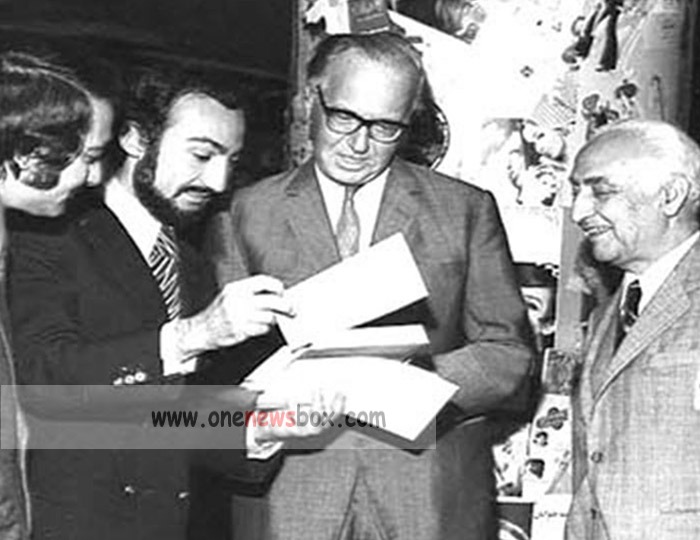Historical and Political Context
To understand Masoudi’s significance, one must situate him within the broader history of Iran under the Pahlavis. His career spanned the reigns of both Reza Shah (1925–1941) and Mohammad Reza Shah (1941–1979).
-
Under Reza Shah: The press was tightly controlled, yet newspapers like Ettelaat served as crucial instruments of modernization and state propaganda.
-
World War II Era: Political instability allowed for a brief flourishing of press freedom, but also exposed journalists to violence, as seen in the 1942 Majles attack.
-
Postwar Period: The rivalry between Ettelaat and Kayhan symbolized the growing role of the press in shaping Iranian society.
-
1960s–1970s: As Iran underwent rapid modernization under Mohammad Reza Shah’s “White Revolution,” Ettelaat remained a central outlet for official narratives but also featured cultural and social reporting.
Masoudi’s pragmatic approach ensured his survival and prosperity in this volatile environment.

